Music and Architecture are intertwined, creating a dynamic duet that shapes the cityscape. Architects create a balance of space and form in buildings that resonate with a timeless aesthetic melody. The rhythmic beats of music guide the flow of creativity, while architects immerse themselves in melodies to draw inspiration. As designs evolve, the essence of a building may syncopate with the mood and tempo of a favourite tune, resulting in a harmonious blend of artistic expression. Buildings become more than structures; they become compositions that strike a chord with the human spirit. The blend of music and architecture transcends the mundane, elevating the built environment to a realm where creativity knows no bounds. Let’s dive into the realm of harmony, where music and architecture form a rhythmic symphony.
Evolution of the Shared Language
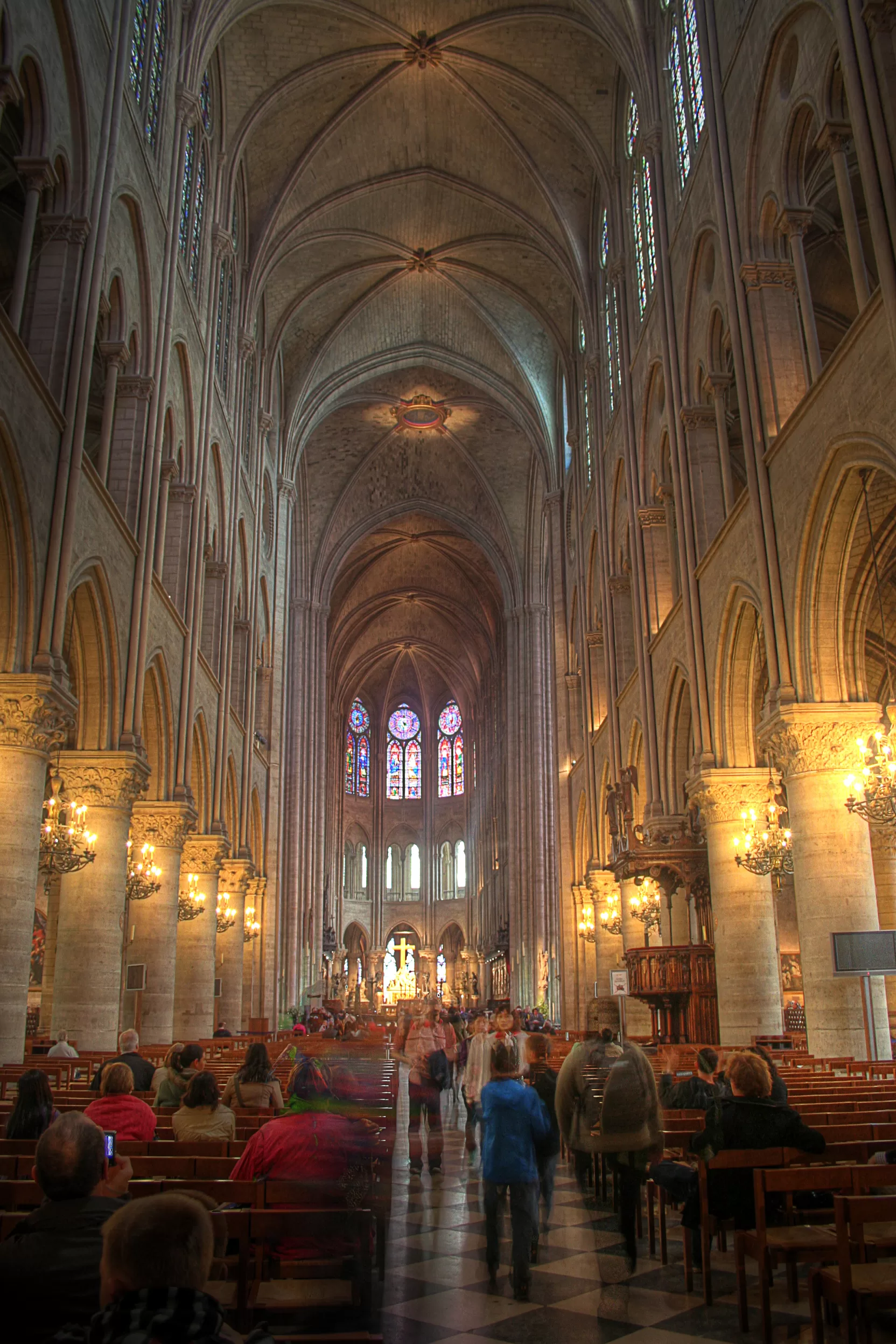
The relationship between music and architecture has a long history, dating back to ancient Greece, where harmony and proportion were integral components of education and culture. The Renaissance saw a revival of classical ideals, leading to a more pronounced relationship between music and architecture. The Baroque period saw the fusion of ornate styles, while the 18th century saw a return to simple, symmetrical forms.
The Romantic era emphasized emotional expression in both music and architecture, with architects and composers aiming to evoke powerful emotions. The 20th century saw diverse movements in music and architecture, including avant-garde experimentation and modernism, resulting in minimalism and abstraction. In the contemporary era, the boundaries between different artistic disciplines have blurred, with architects and musicians often collaborating to create immersive experiences. The dynamic relationship between music and architecture continues to inspire each other, enhancing human expression.
Significance of Music in Architecture
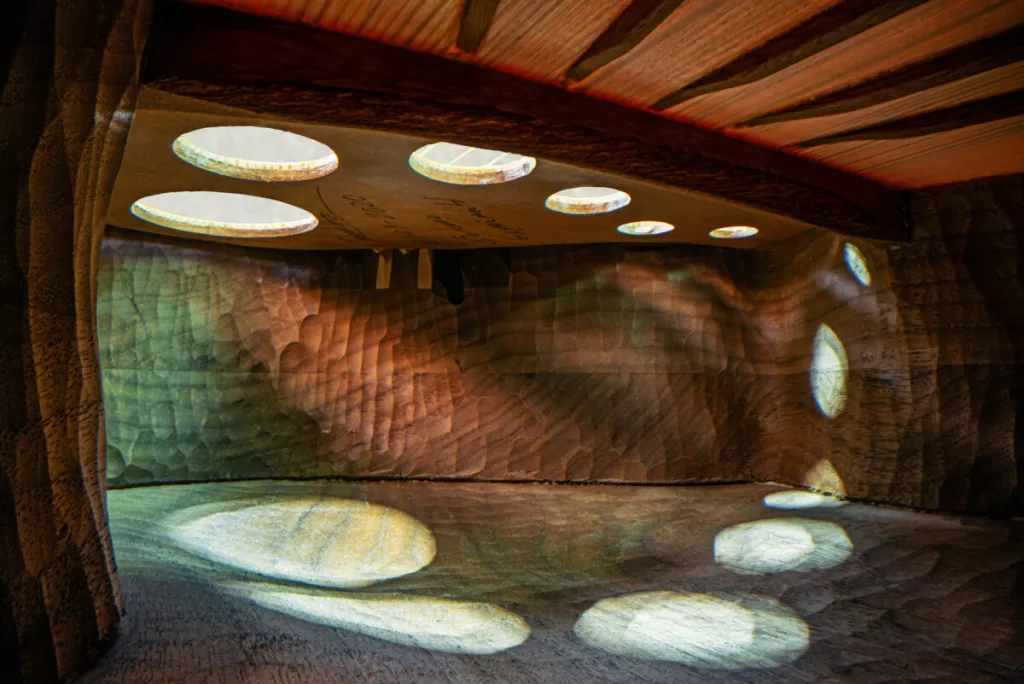
Music plays a meaningful role in architecture, as it evokes emotions, shapes moods, and creates auras. When strategically integrated into architectural spaces, it enhances the emotional experience, shapes spatial perception, and expresses cultural identity. Music improves a space’s atmosphere and character, creating a specific ambience that aligns with the desired user experience.
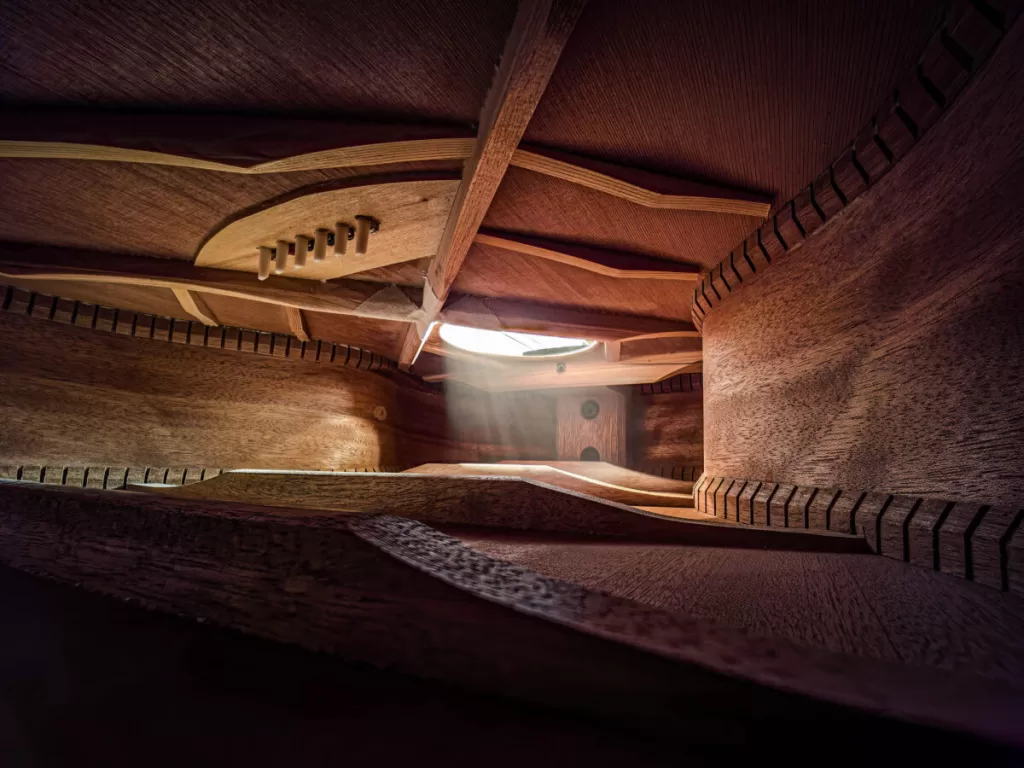
The relationship between architecture and music creates a dynamic and engaging experience, influencing the perception of time within a space. Music enriches the sensory perception of a space, making it more immersive and engaging. A holistic design approach, involving visual and auditory aspects, results in more cohesive and integrated designs. Architecture and music enrich a space’s emotional, cultural, and sensory dimensions, making it more immersive and memorable.
In the Renaissance, architect Leon Battista Alberti emphasized the similarities between music and architecture. He argued that architectural elements, such as rhythm, texture, harmony, proportion, dynamics, and articulation, share commonalities. In music, rhythm is established through patterns of sounds, while in architecture, it is achieved through the repetition of elements. Harmony, the balance of sound or composition, is achieved through the equilibrium of parts within a structure. Proportion, the relationship between parts, is crucial in both disciplines. Dynamic qualities, such as light and shadow, contribute to the dynamism of a structure. Articulation, the clear expression of elements, is essential in both fields.
Sensory Encounters
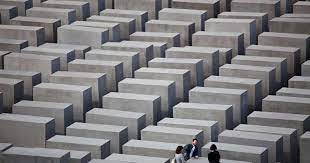
Music and architecture are both expressions of human creativity, with rhythm playing a crucial role in both realms. The harmonious balance of parts in music and architecture mirrors the harmony found in musical scales, creating visual and auditory symmetry. Both music and architecture unfold over time, engaging the observer or listener in a temporal experience. Architects often turn to music as a source of inspiration, as its rhythmic patterns and emotive qualities can catalyze the creative process.
Architectural spaces also influence the way we perceive and experience music, with concert halls designed to optimize acoustics and create an environment where sound reverberates with clarity and richness. In the contemporary era, architects and musicians are increasingly collaborating to push the boundaries of creativity, creating interactive installations that blur the lines between static and dynamic environments. This fusion of technology with traditional design principles creates immersive environments where visitors engage with spaces in novel ways, breaking free from conventional artistic constraints.
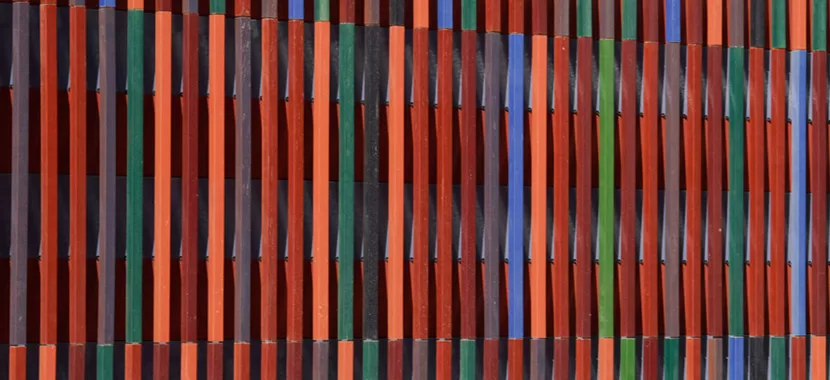
The integration of music and architecture is a creative process that combines elements of both art forms to create immersive, multisensory experiences. This can be seen in various contexts, such as acoustic design, concert halls and opera houses, interactive installations, musical bridges, and cultural centers.
Architects collaborate with acousticians to optimize sound quality in spaces like concert halls and opera houses, while musicians collaborate on interactive installations that respond to visual and auditory stimuli. Urban planning and architecture incorporate musical elements, such as musical bridges, to add an auditory dimension to public spaces. Integrating music and architecture adds depth and richness to sensory encounters, offering innovative ways to appreciate and engage with both art forms simultaneously.
Examples of Musical symphony in architecture
1. Berlin Jewish Museum
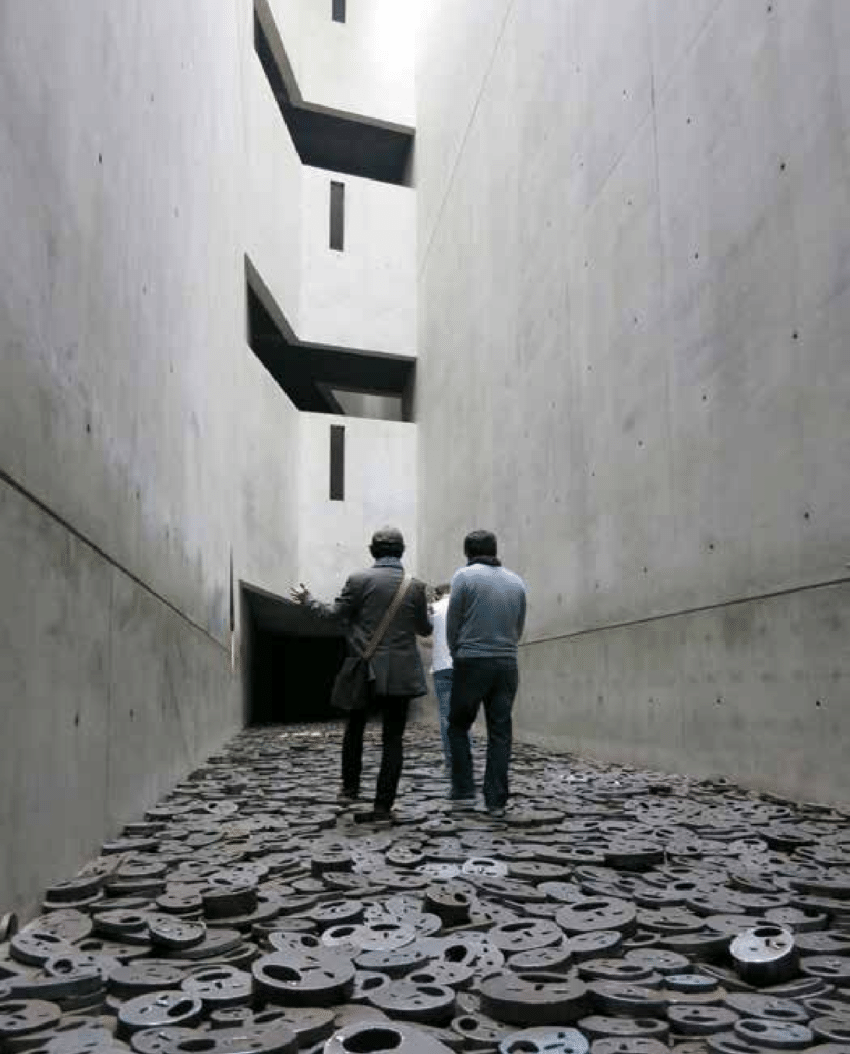
The Berlin Jewish Museum, designed by architect Daniel Libeskind, is a unique architectural expression that combines history, emotion, and narrative. Libeskind’s background in music influenced the museum’s design, which evokes a sense of fragmentation and dislocation, resembling a musical composition. The museum’s spaces are carefully curated to convey the Jewish experience in Germany, with the Holocaust Tower being a chilling, empty space that symbolises the tragedy of the Holocaust.
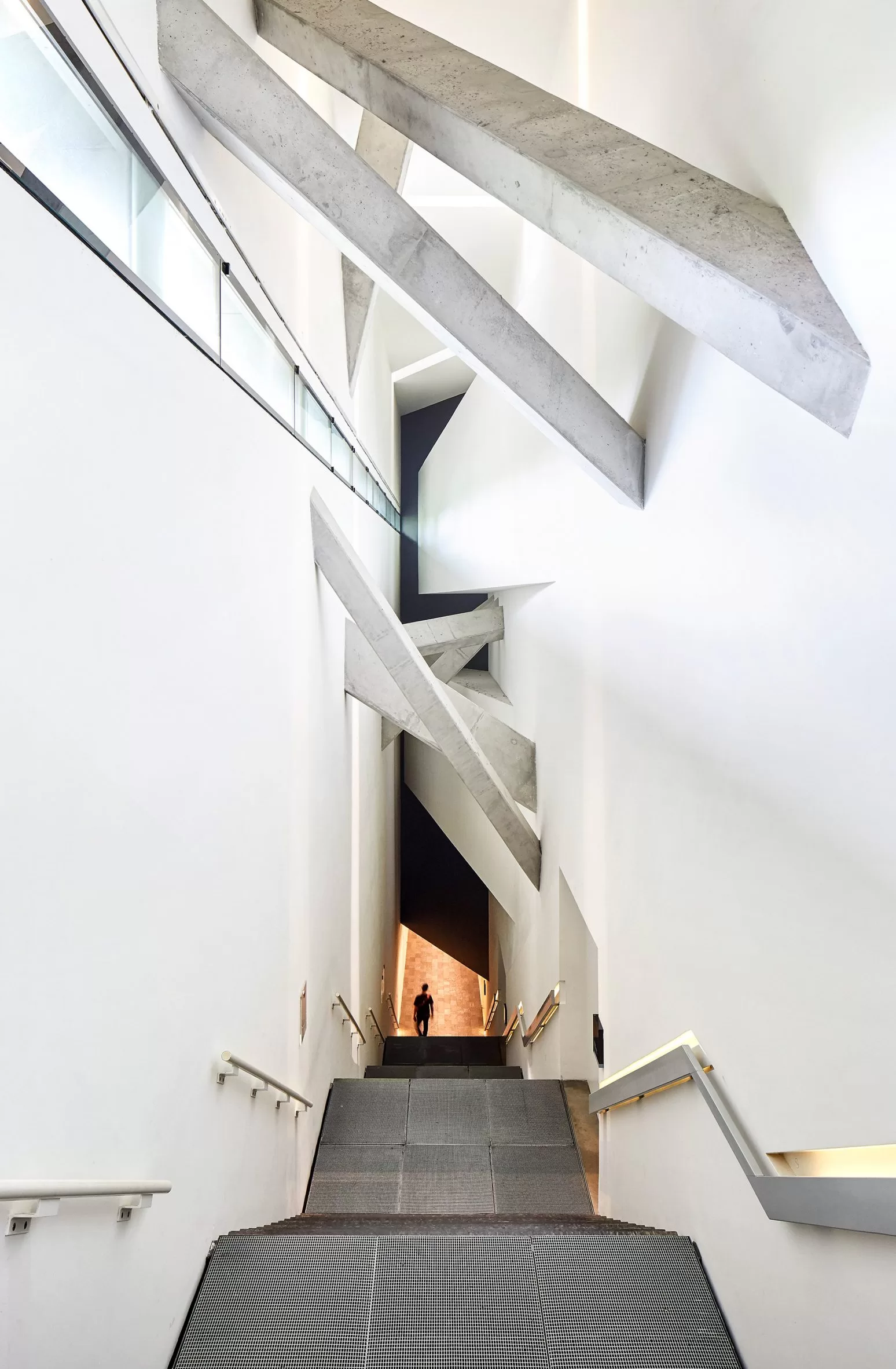
The museum’s acoustics are noteworthy, with the Empty Library, a room devoid of books, designed to amplify even the slightest sound, creating a haunting, introspective atmosphere. The void in the museum, extending into the Garden of Exile, symbolizes absence, loss, and the void left by the Jewish population during the Holocaust. The museum’s architecture invites a symphony of emotions and reflections, making it a profoundly moving and memorable cultural institution.
2. The Thyagaraja Temple
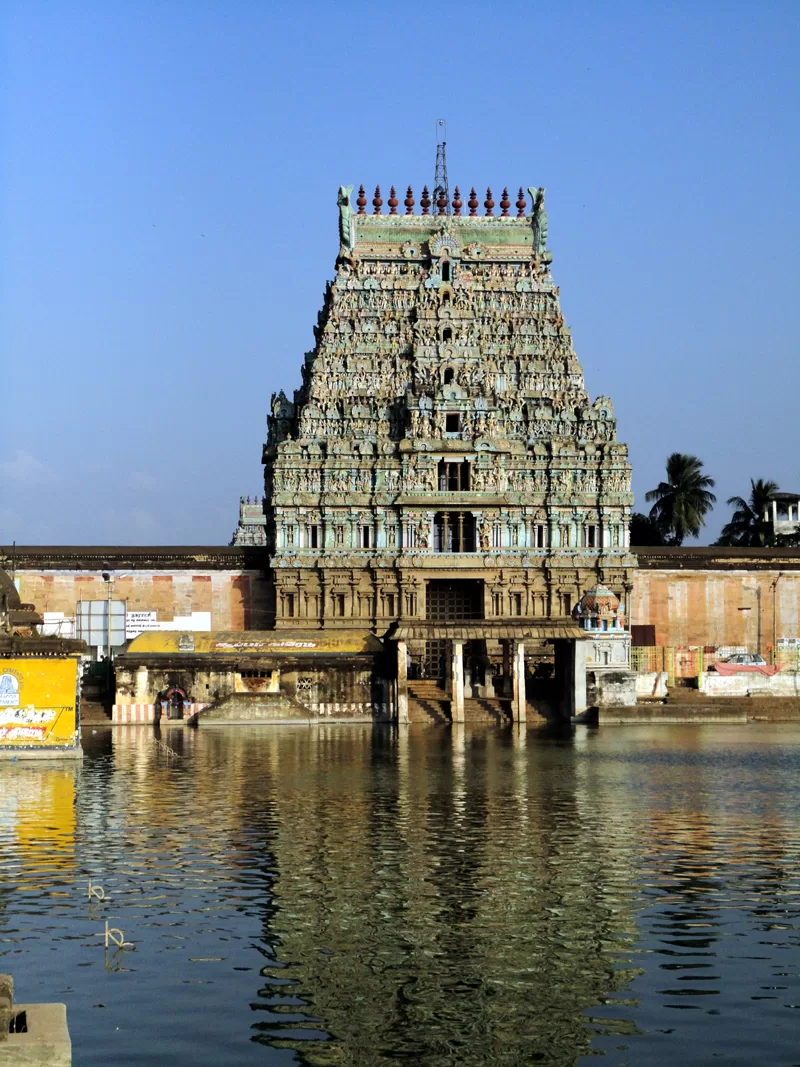
The Thyagaraja Temple in Thiruvarur, Tamil Nadu, is a cultural and religious site known for its unique blend of music and architecture. It is dedicated to Lord Thyagaraja, the presiding deity of Carnatic music, and features seven musical pillars, each representing one of the seven swaras in Carnatic music. These pillars are renowned for their acoustic marvels, producing distinct musical sounds when struck.
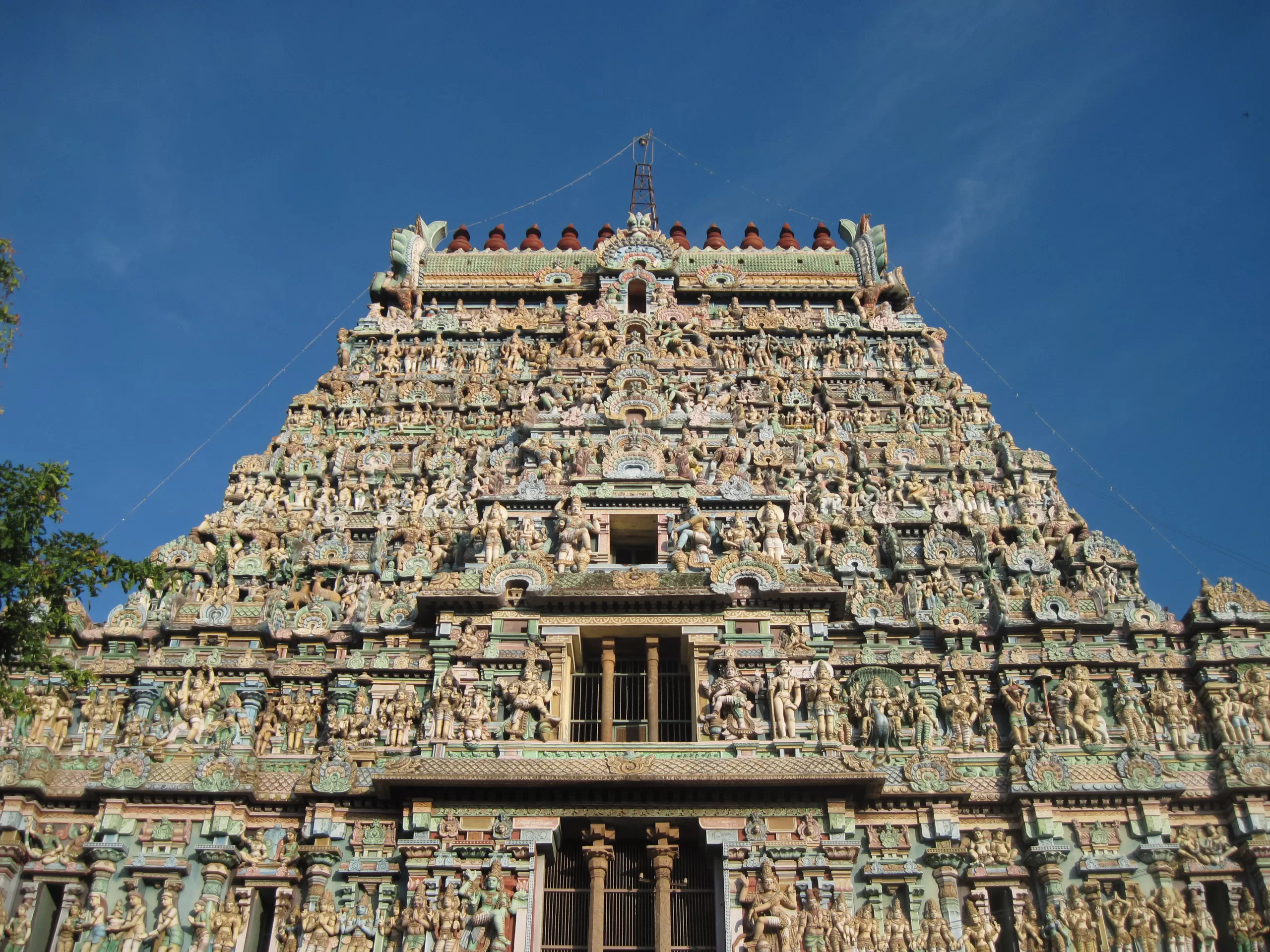
The temple also features classic Dravidian architecture, including halls, shrines, and intricate sculptures. The Thyagaraja Aradhana, an annual music festival, pays homage to Saint Thyagaraja and is a major cultural event in the region and a hub for devotional music and rituals.
3.Meenakshi Amman Temple
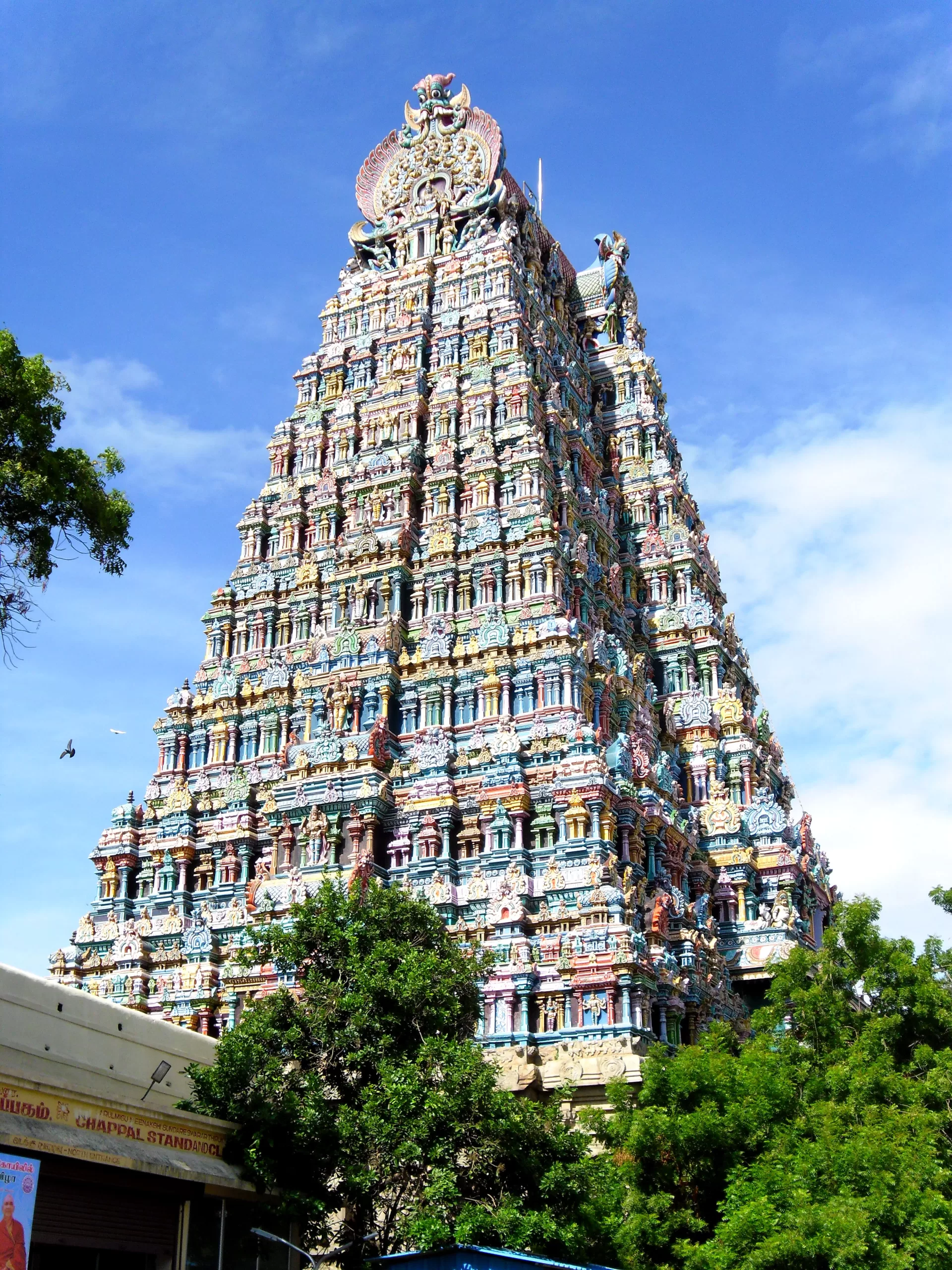
The Meenakshi Amman Temple in Madurai, Tamil Nadu, is a renowned temple complex known for its architectural grandeur and association with classical Indian music. It features a “Hall of Thousand Pillars” with intricate carvings and vast halls. The temple’s architecture includes sculptures and carvings depicting Hindu mythology, including scenes involving musicians, dancers, and musical instruments.
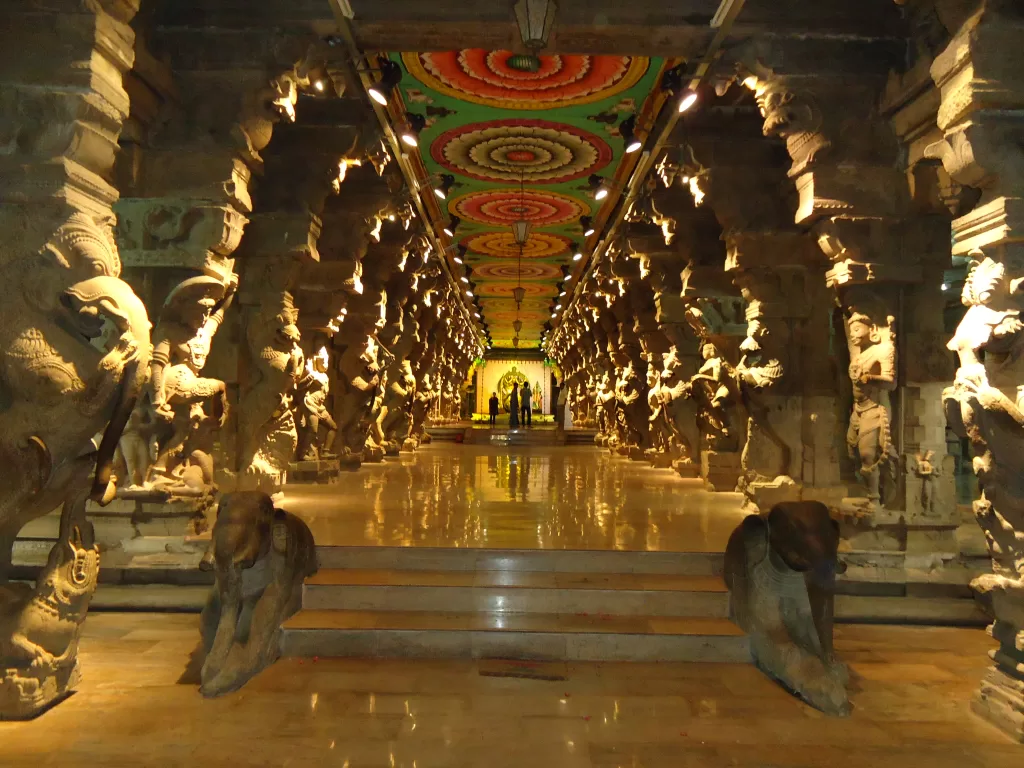
It serves as a cultural hub, hosting various musical and dance performances during festivals and special occasions. The temple is associated with the Thiruvilayadal Puranam, a Tamil literary work that narrates Lord Shiva’s divine plays. The temple environment fosters devotional music, with hymns and bhajans sung during worship and religious ceremonies.
4. Nisarga Art Hub
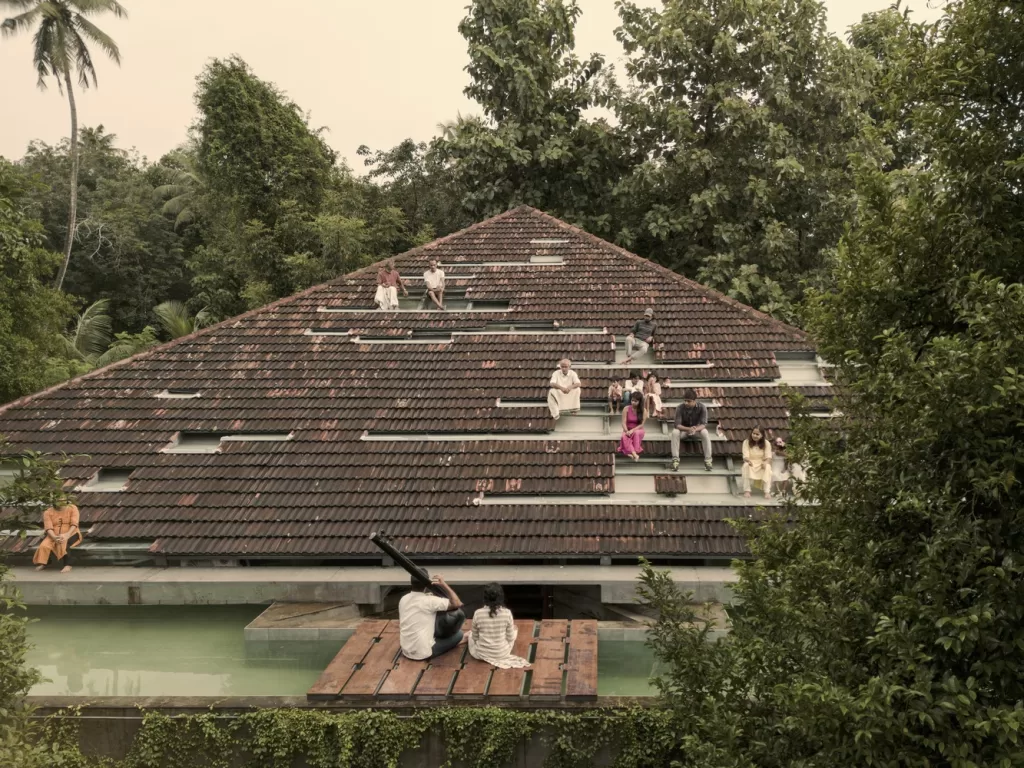
The Nisarga Art Hub, designed by Wallmakers, is a community residency to foster interaction and cultural events. The site, surrounded by traditional Kerala roofs, has been reframed to incorporate skylights, preserving their functional benefits while addressing the need for natural light in modern architecture. This design approach not only enhances the aesthetic appeal of the space but also contributes to a sustainable and energy-efficient environment. The Nisarga Art Hub’s innovative approach exemplifies a thoughtful blend of heritage and modernity, ensuring the space remains conducive to contemporary community needs.
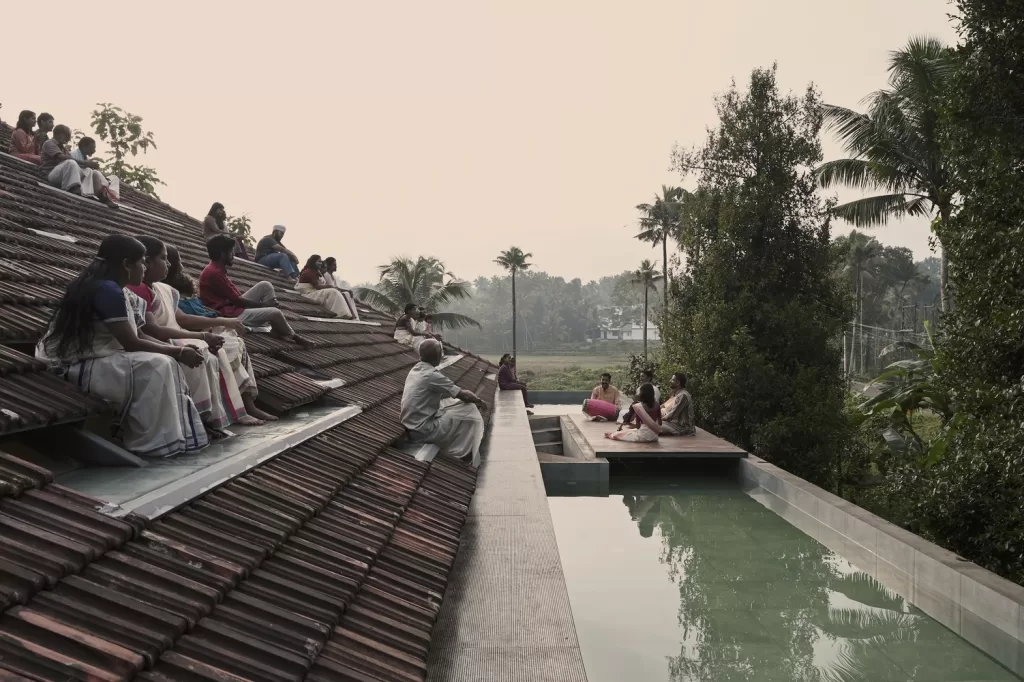
The Nisarga Art Hub’s design is akin to music, with pauses and silences playing a significant role. The emphasis is placed on open spaces, allowing for contemplation and harmonious relationships between the built environment and nature. The design acknowledges the power of negative space, allowing for reflection and seamless integration with the natural landscape. The resulting architecture embodies a symphony, reflecting the artistic community’s ethos and creating a holistic, immersive experience.
5. Musical Pillars of Hampi
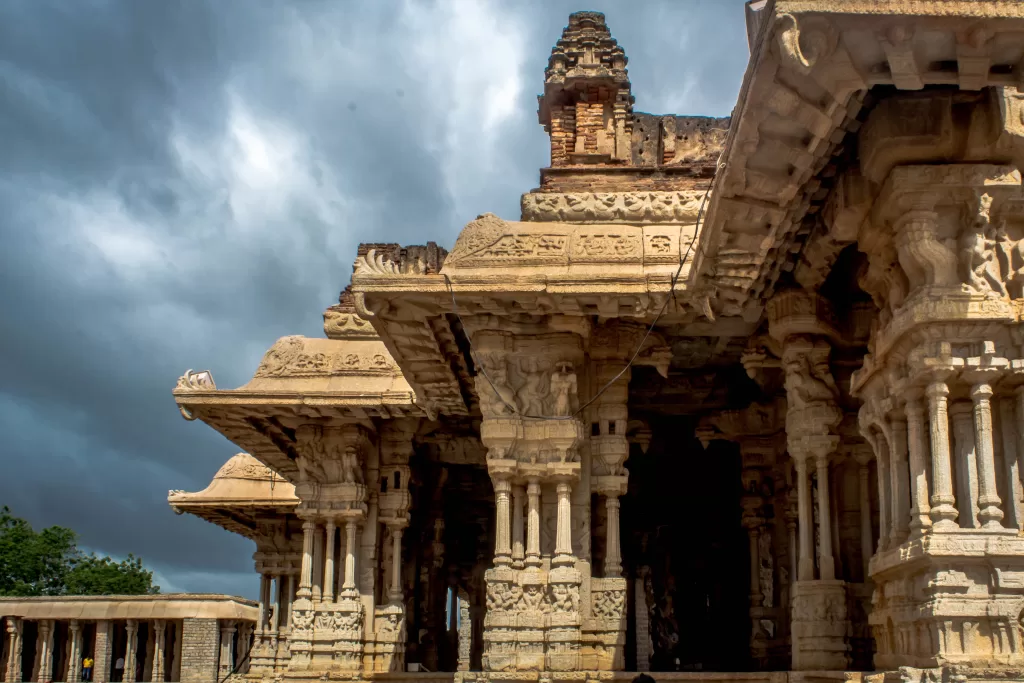
The Musical Pillars of Hampi are unique stone pillars in the Vittala Temple complex in Hampi, Karnataka, India. These pillars, known as the “Saregama pillars,” can produce musical notes when struck. They are part of the Raya Rayan Mantapa, a large hall used for musical and dance performances during the Vijayanagara period. The pillars’ unique acoustics are due to their varying dimensions and densities.
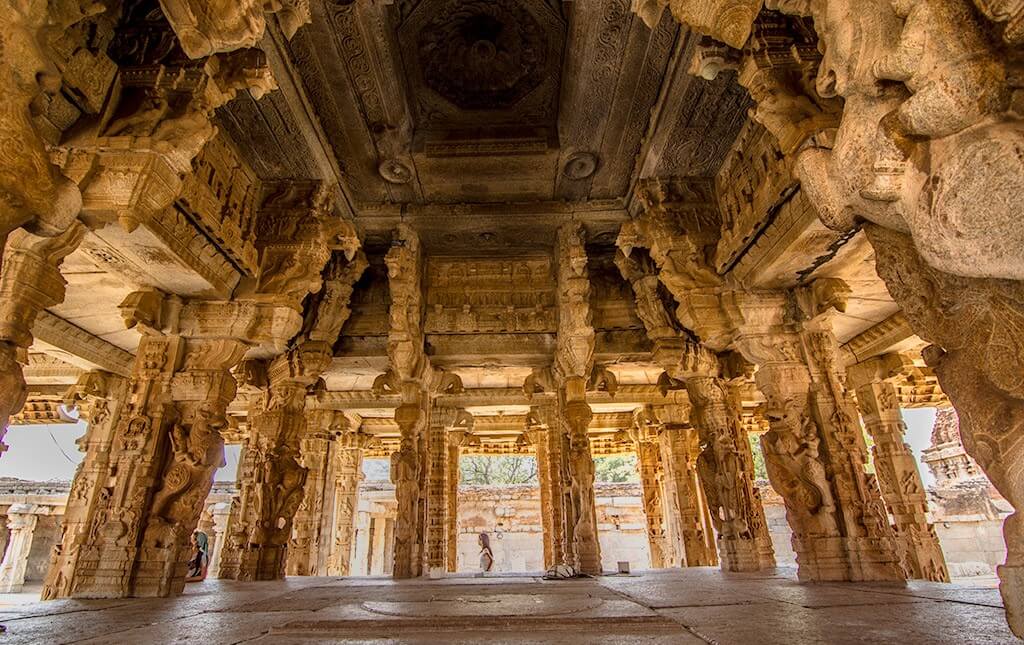
The Vijaya Vitthala temple, a shrine to Lord Vishnu, features a Mahamandapam with 56 granite pillars, also known as SaReGaMa pillars, which emit distinct musical notes. These pillars, surrounded by seven smaller columns, are dedicated to specific musical instruments, such as bells, percussion, and strings. Visitors can interact with these pillars, creating tones that resonate with the temple’s cultural and artistic heritage, offering an immersive experience.
Conclusion
The integration of music and architecture is a dynamic field characterising a combination of technology, sustainability, cross-disciplinary collaboration, and a global appreciation for traditions. These spaces, designed considering music and architecture, enhance visual aesthetics and provide acoustic qualities, enhancing the overall ambience. This ongoing dialogue between music and architecture continues to shape our experience and interaction with our built environment.
Music and architecture share fundamental elements such as rhythm, harmony, emotional intensity, and meaning-conveying. They use stereotypes or genres to establish patterns and progressions of chords, similar to an architectural journey. Beyond these, they converge on nuanced aspects like overtones, ornamentation, and the importance of balance and contrast. Both arts acknowledge boredom and the need for background, highlighting the importance of ornamentation and moments of simplicity in creating meaningful experiences.
Content Writing And Research By: Ar. Priyanshi Shah
The post Music and Architecture: The Artful Fusion appeared first on The Architects Diary.
Leave a Reply